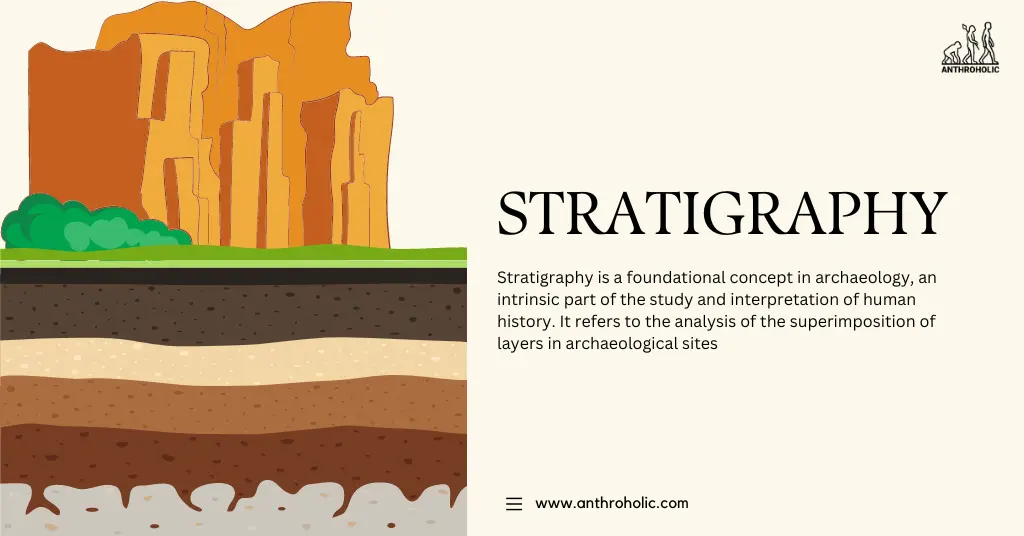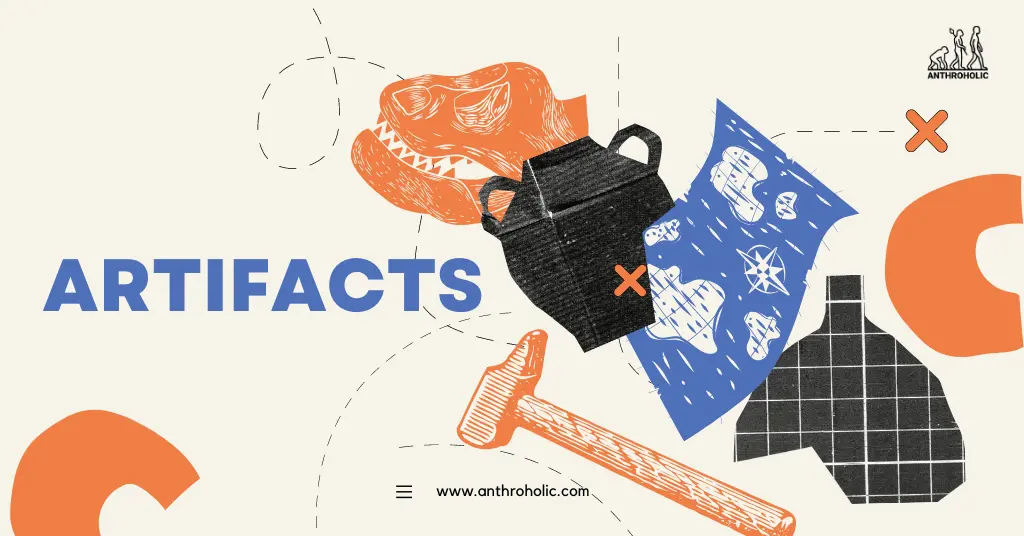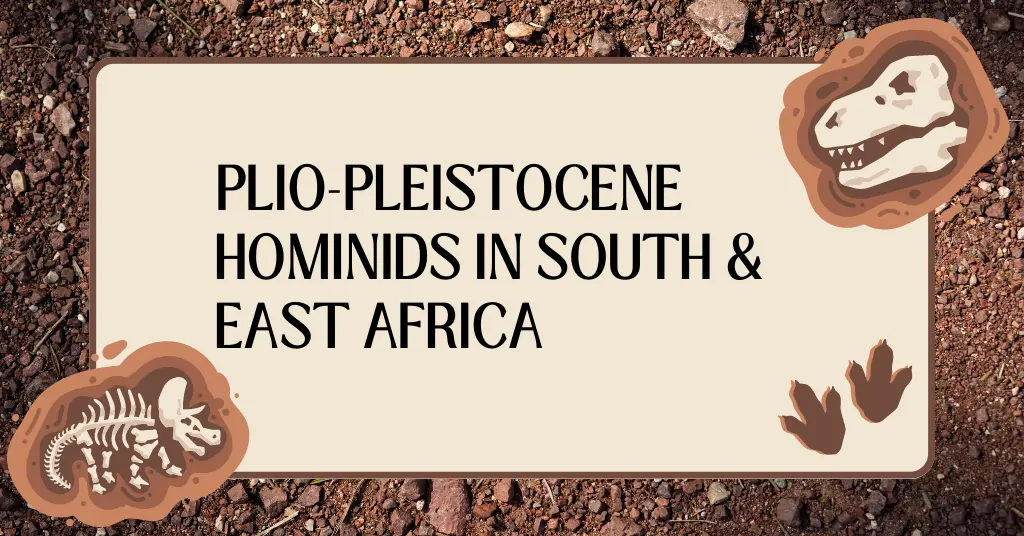AI Answer Evaluation Platform Live Now. Try Free Answer Evaluation Now

Thermoluminescence Dating
Thermoluminescence dating (TL), a prevalent method in archaeological science, provides an effective technique for dating ancient artifacts and geological materials. It measures the accumulated radiation dose of the time elapsed since the material containing crystalline minerals was heated or exposed to sunlight.










